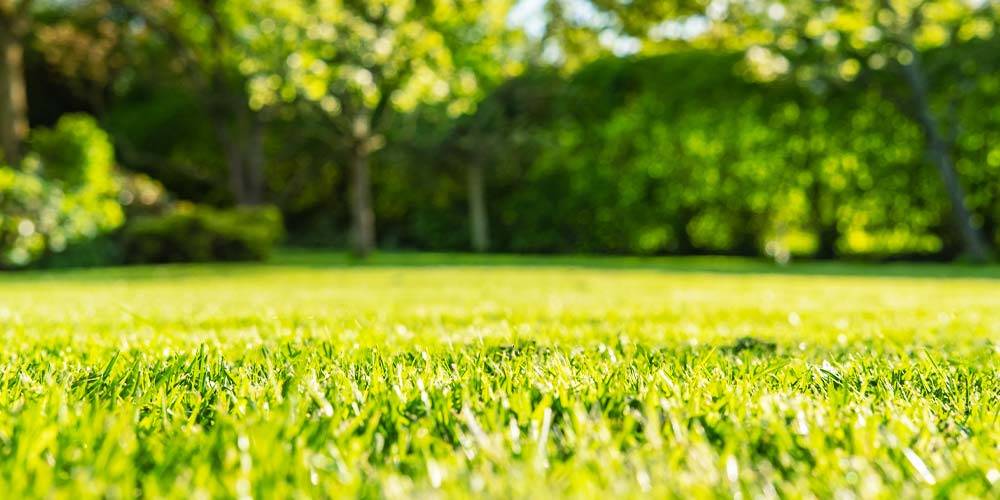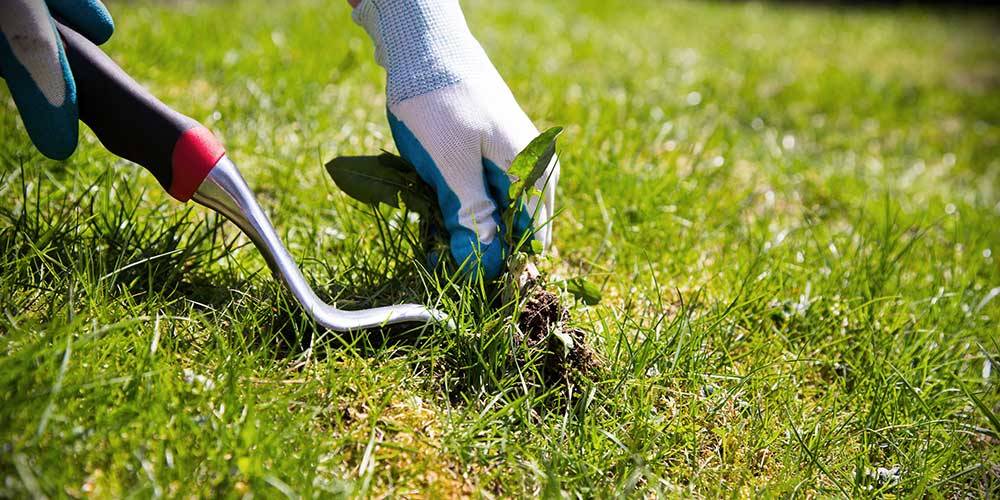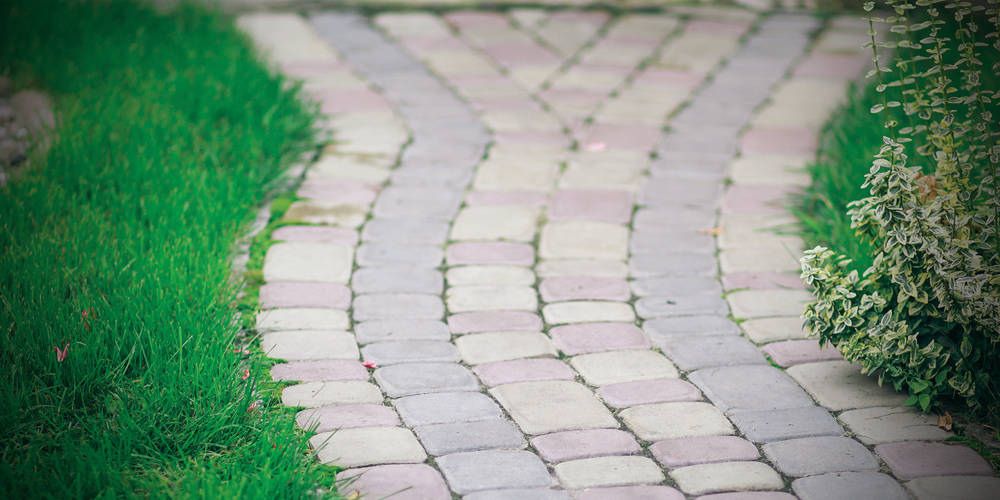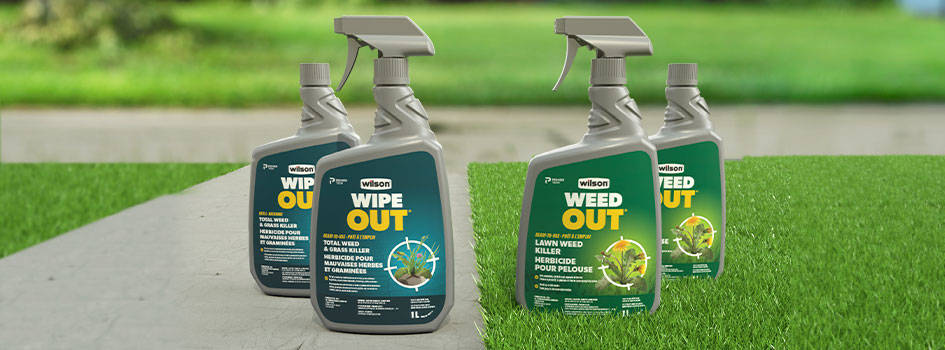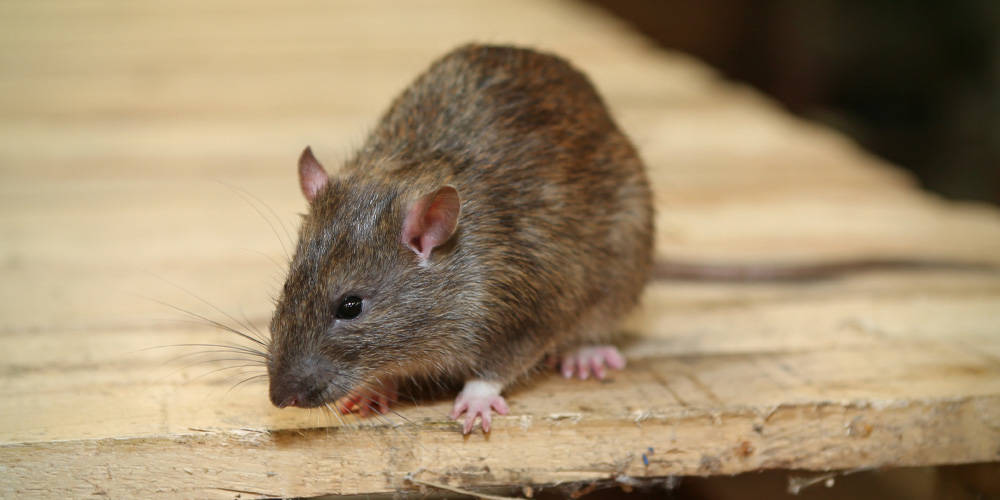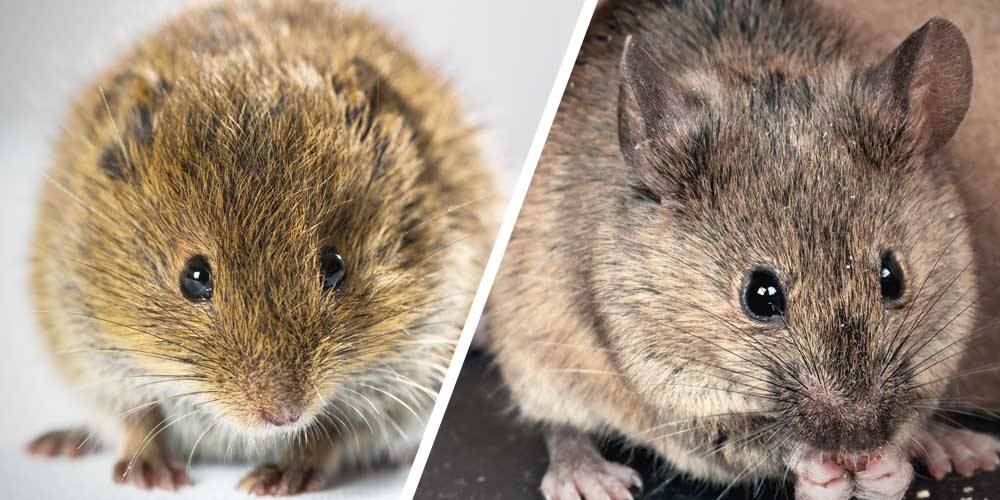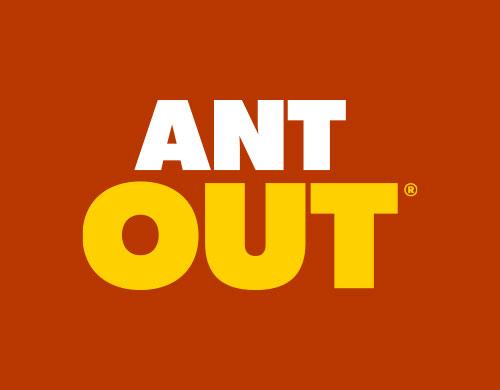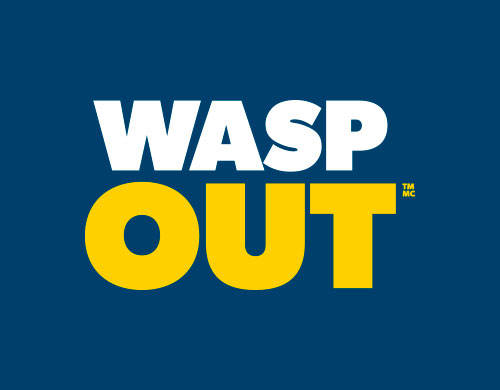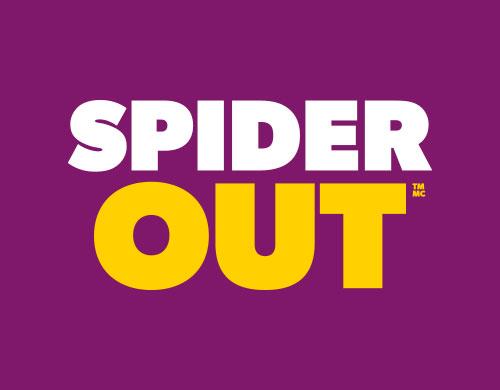Ecological solutions for the garden

When it comes to the home vegetable garden, there are many beginner and seasoned gardeners looking for alternative ways to control pests.
As it is, it turns out that there are quite a few practices that work that can keep pests and plants in a natural balance. These practices are not the answer to all problems every time but when they work, they provide a way to address pest problems while helping protect our health and our environment.
The “ideal” garden is one with strong healthy plants, being protected naturally from annoying pests. The old approach of applying insecticides at the first sign of any pest is no longer interesting. That thinking is now being replaced with lower input practices that have an emphasis on nature at its best.
What is the ecological approach to pest management?
6 Keys to an alternative approach
- Choosing garden plant varieties that are known to be resistant to certain diseases or pests
- Planting your annual seeds and transplants every season in different spots, to reduce the build-up of pests in that section
- Inspecting plants frequently for the presence of pests
- Determining if control measures are really necessary before taking action
- Deciding on methods that are the least disruptive to the plant and the least hazardous to the environment
- Being able to tell the difference between damaging insects and beneficial ones
Managing insects in the garden
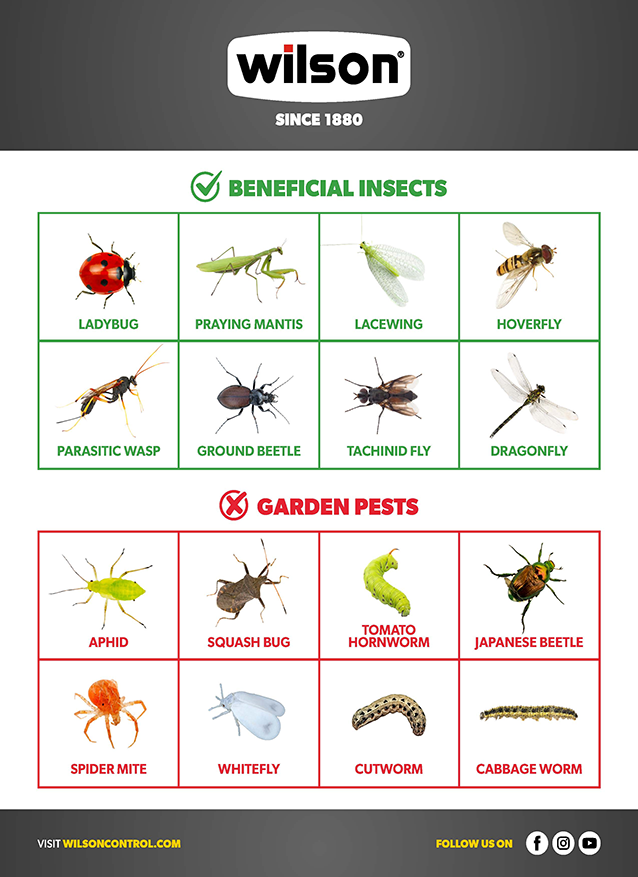
Beneficial insects and harmful insects
You have good bugs and bad bugs.
The good ones can pollinate, eat pests or improve the soil by their burrowing. The bad ones can be destructive to your plants. The use of pesticides can control the bad ones but can also kill the good ones. Understand that most insects populating your garden are benign or beneficial. Only a small percentage are damaging ones.
Using an approach that can reduce pest insects without resorting to chemical pesticides might mean modifying conditions in the garden, even before planting. That might entail things to do that are more preventative rather than reacting to a problem after it occurs.
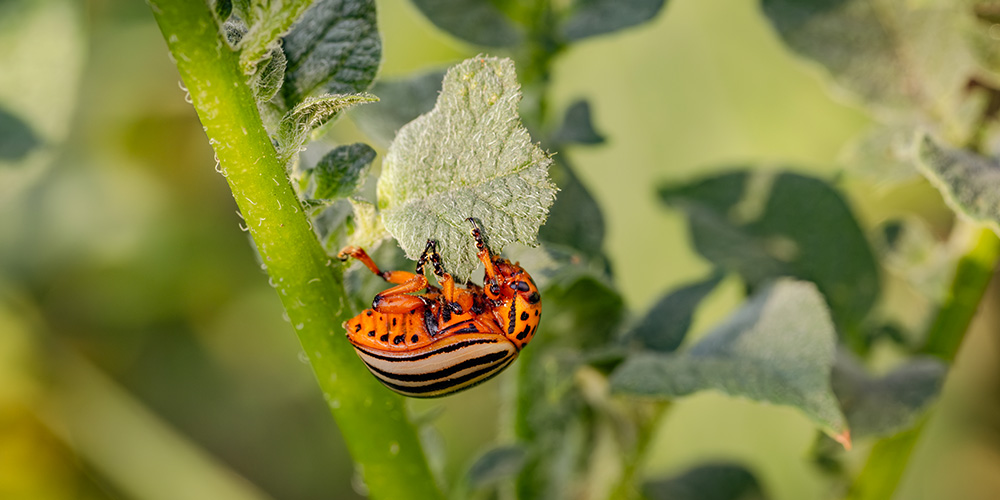
Cultural approach and natural pest control
Keep it clean
There are insects that will overwinter in plant debris, weeds or hide under any planks, pots, etc. left in the garden from last fall. Best to clear this out before winter.
Companion planting
Certain plants will keep pests away, so if they are placed next pest-attractive plants, they keep pests away from both plants. For more info: companion planting guide
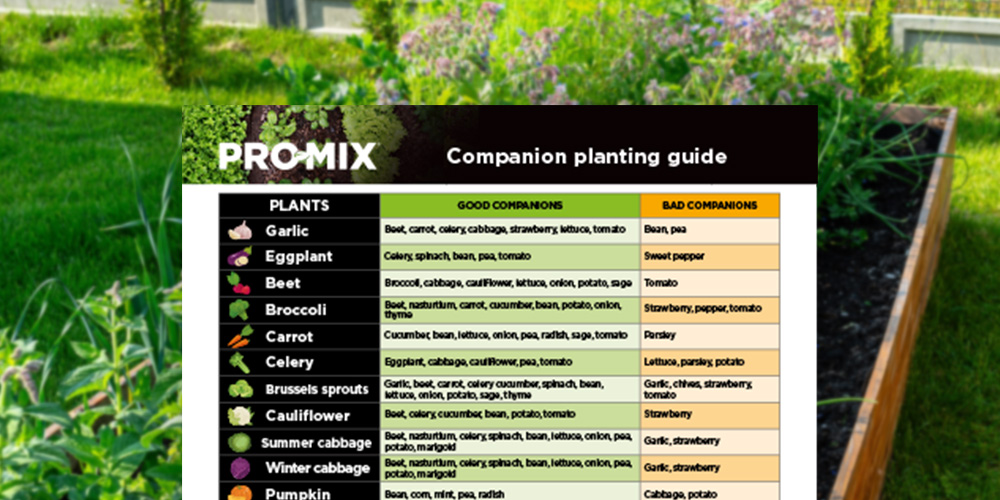
Rotation
Best if you can sketch or take a photo of your garden layout plan (where you planted each vegetable the previous season). Then you can make a point of not planting the same vegetable in the same spot as the previous year. Eggs and pupae of most insects overwinter in the soil next to the host plant.
For more information: Square foot gardening: growing more in less space
Soil
Fertile soil means healthy plants. Amend your garden soil with compost and organic fertilizer every spring to provide the best medium for plants. Strong plants can better tolerate insect infestations.
We recommend:
PRO-MIX Organic Vegetable & Herb Mix
RESTORE All Purpose Garden Fertilizer
BIOMAX™ Composted Cattle Manure
If possible, have a soil sample analyzed by one of the many labs across each province. Note that most labs are less overloaded with soil samples in the fall. Follow their recommendations. Soil testing is pretty much the same as getting a physical done with your family doctor. It will draw attention to any problems that need addressing.
Handpicking bugs
The thought of it may make you squeamish but simply picking off damaging insects like potato beetles or slugs and dropping them in a jar with soapy or salty water during pest season will eliminate their chewing on your plants’ leaves. But you need to repeat this every day until the problem passes.
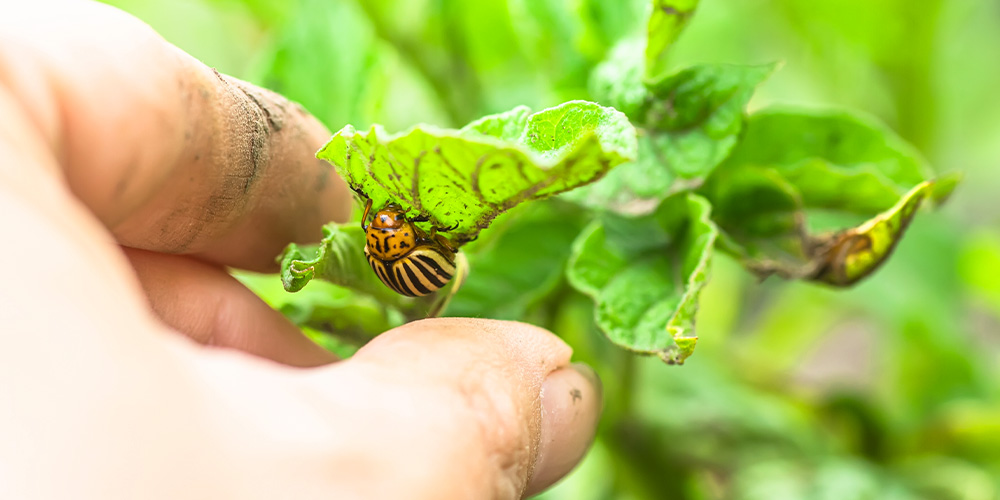
Traps
There are two types: sticky traps and lure traps.
Sticky traps can be used outdoors in the garden. The traps are composed of a cardboard backing covered with a layer of glue. The glue is sticky enough so that when insects touch it, it will hold them in place permanently. Sticky traps are quite effective in catching pests before they get to your plants. Sticky traps trap certain insects by exploiting the fact that they are attracted to certain colours. Although this is a non-toxic approach, sticky traps can catch both damaging and beneficial insects, when used outdoors.
Lure traps, such as Japanese beetle, wasp and slug traps, work by luring specific pests into a container that they cannot get out of.
Create barriers
For crawling pests, it is possible to re-direct them away from certain plants by erecting collars, shields, or in the case of slugs, gritty surfaces that they tend to avoid.
For more information, read: How to control slugs and snails in the garden
For flying insects, you can use row covers during the pest’s most active time. Row covers are made of a lightweight fabric that can be laid directly over plants but that let water and light pass through.
Encourage beneficials
You can adjust your garden environment to attract beneficial insects. Maybe dedicate a small portion of your garden patch to grow cover crops that provide shelter, nectar and pollen for the good bugs.
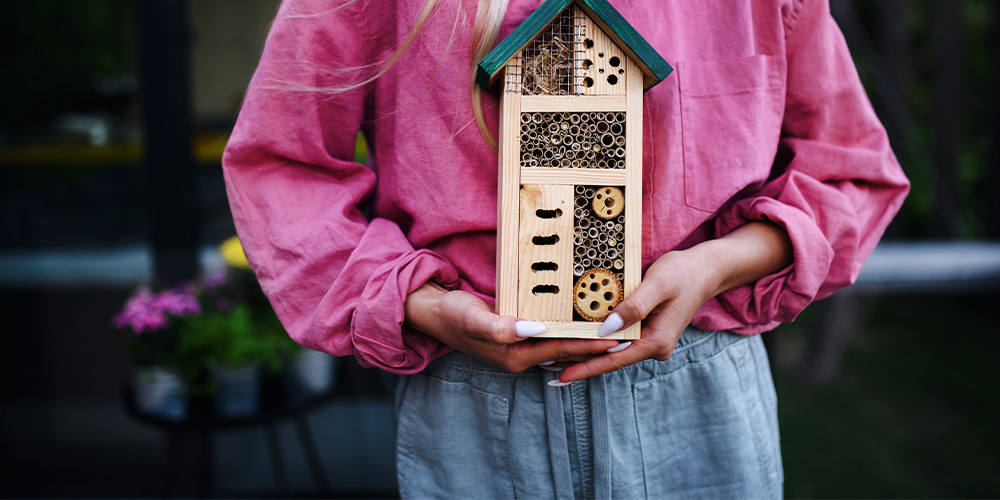
Find some ideas here: How to attract and feed pollinators
Another important consideration is to make sure you have plants that will flower continually so that pollinators, and even birds and small mammals, can feed from springtime through to autumn.
Beneficial insects like ladybugs, lacewings and parasitic wasps prey on common garden pests. A small water feature can provide a safe place for beneficial insects to drink. To attract insect-eating birds, put up a birdhouse near the garden. Purchase a toad abode and place it in a shady location near a garden filled with protein-rich insects.
For more ideas: Watering station for bees
Purchase beneficial insects
These are available through some garden centres or purchased by mail order or on-line. The most common options include ladybugs, lacewings, predatory mites and parasitic wasps, each targeting specific pests. Choose the right predator for the target pest.
We can also call upon their valuable help in the house, particularly for a thrips problem. For more information, check out Lady Bug’s website
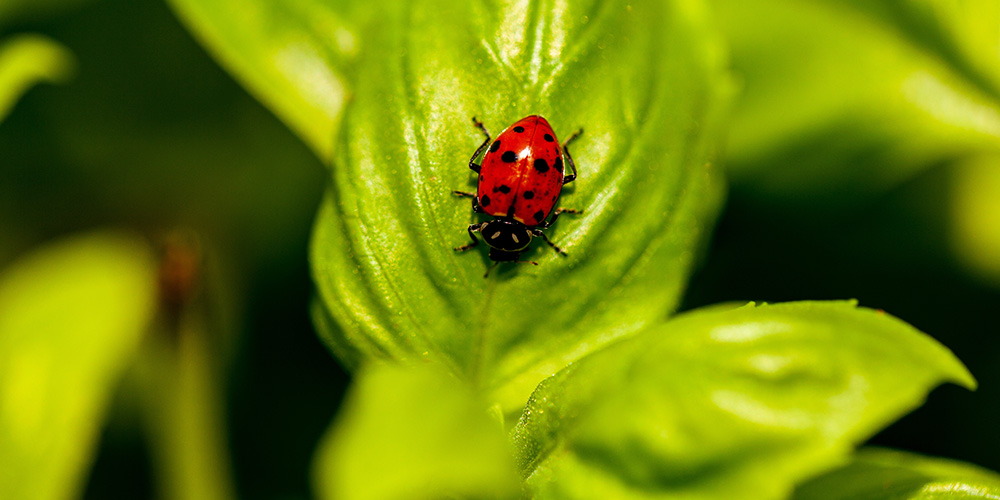
Alternative pesticides
There are some pest control products available for organic gardeners. You can find them as natural insecticidal soaps, horticultural oils, nematodes and biopesticides like Bacillus thuringiensis (Bt) and beneficial fungi. Always read and follow the instructions.
